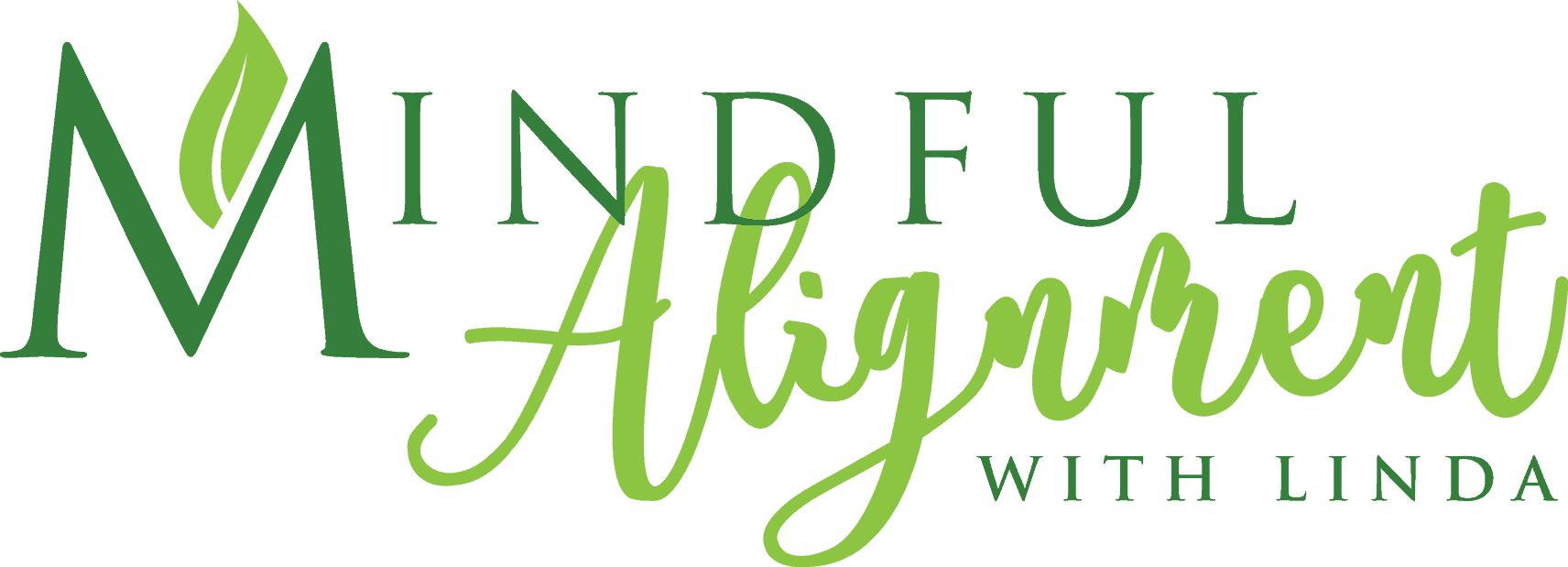Understanding Frozen Shoulder
What is Frozen Shoulder?
Frozen shoulder is medically known as adhesive capsulitis. It’s a painful and restrictive condition that affects the shoulder joint and can significantly impact one’s daily life and functionality.
Causes of Frozen Shoulder
The cause of a frozen shoulder can vary from person to person, but several factors may contribute to its development.
Frozen Shoulder Causes Include:
- Inflammation and Scar Tissue: Inflammation of the shoulder joint can lead to the formation of scar tissue in the capsule surrounding the joint, restricting movement.
- Immobilization: Shoulders are meant to move. Prolonged shoulder immobilization, whether due to injury, surgery, or other medical conditions, can increase the risk of developing a frozen shoulder.
- Age and Gender: Frozen shoulder is more common in individuals aged 40 to 60, and it tends to affect women more often than men.
- Diabetes: Individuals with diabetes are at a higher risk of developing a frozen shoulder, although the connection between the two is not fully understood.
How to Recognize Symptoms of Frozen Shoulder
Recognizing the symptoms of a frozen shoulder is crucial for early diagnosis and intervention.
Common Frozen Shoulder Symptoms Include:
- Persistent pain in the shoulder, especially during movement
- Gradual onset of stiffness that makes moving the shoulder joint in various directions challenging
- Difficulty in performing everyday activities, such as reaching overhead, reaching behind the back, or lifting objects
- Pain and discomfort from a frozen shoulder can disrupt sleep, leading to fatigue and decreased overall well-being
How to Fix Frozen Shoulder
While there is no one-size-fits-all solution for frozen shoulder, there are several tips may help alleviate symptoms and improve mobility.
Ways to Help Alleviate and Improve Frozen Shoulder Symptoms:
- Physical Therapy: A tailored physical therapy program can be instrumental in regaining strength and improving range of motion. Therapeutic exercises can help stretch and strengthen the shoulder muscles.
- Heat and Cold Therapy: Applying heat or cold packs to the affected shoulder can help reduce pain and inflammation. Alternating between hot and cold treatments may provide additional relief.
- Medication: Over-the-counter pain relievers, such as nonsteroidal anti-inflammatory drugs (NSAIDs), may help manage pain and inflammation. In some cases, healthcare professionals may prescribe stronger medications.
- Home Exercises: Performing gentle stretching exercises at home, as recommended by a healthcare professional, can aid in maintaining flexibility and preventing further stiffness.
- Joint Distension or Hydrodilatation: In some cases, a healthcare provider may recommend a procedure where a sterile solution is injected into the joint capsule to stretch it and improve mobility.
- Lifestyle Modifications: Modifying or avoiding daily activities that worsen symptoms and maintaining good posture can contribute to overall shoulder health.
In addition to professional medical guidance and treatment, incorporating simple stretches into your daily routine can play a crucial role in managing frozen shoulder symptoms.
These stretches improve flexibility, reduce stiffness, and promote overall shoulder mobility. Before attempting these exercises, it’s advisable to consult with a healthcare professional to ensure they are suitable for your specific condition.
Simple Stretches to Help Improve Frozen Shoulder
Pendulum Stretch:
- Stand next to a table or chair, placing your unaffected hand on the surface for support
- Let your affected arm hang straight down
- Gently swing the arm in small circles, both clockwise and counterclockwise
- Perform this pendulum motion for 5-10 minutes, gradually increasing the circle size
Towel Stretch:
- Hold one end of a towel behind your back with your good arm
- Grab the opposite end of the towel with your affected arm, aiming to reach upward
- Gently pull the towel upward with your good arm, helping to stretch the affected arm
- Hold the stretch for 15-30 seconds, repeating 2-3 times
- Yogis call this cow-faced arms
Cross-Body Reach:
- Use your good arm to lift the affected arm at the elbow
- Bring the affected arm across your body, gently stretching the shoulder
- Hold the stretch for 15-30 seconds, repeating on the other side
- Perform 2-3 repetitions on each side
Armpit Stretch:
- Place your affected hand on your back, reaching up between your shoulder blades
- Use your good hand to gently push the affected arm upward, stretching the back of the shoulder
- Hold the stretch for 15-30 seconds, repeating 2-3 times
Finger Walk:
- Stand facing a wall and use your good hand to walk your fingers up the wall
- Gradually increase the height as your shoulder allows
- Continue walking your fingers up and down the wall for 5-10 minutes
External Rotation Stretch:
- Hold a wand, broomstick, or cane with both hands and arms extended in front of you
- Rotate the stick outward with your affected arm, stretching the shoulder
- Hold the stretch for 15-30 seconds, repeating 2-3 times
Remember to perform these stretches gently and smoothly without forcing any movement that causes pain. Consistency is key. Aim to incorporate these stretches into your daily routine. If at any point you experience increased pain or discomfort, it’s essential to consult with your healthcare provider for further guidance. These stretches, when done correctly, can complement your overall frozen shoulder management plan and contribute to improved shoulder function over time.
Bottom Line: Frozen shoulder can be challenging, but with proper understanding and proactive management, individuals can find relief and improve their quality of life. By addressing the symptoms early on, you can work towards regaining shoulder functionality and returning to their daily activities with greater ease.
Here are a few videos to help guide you on your health and wellness journey:
Are you tired of living with pain?
Are your activities and daily choices determined by your level of pain?
Are you ready to change your life for the better and gain back your physical freedom?
My unique and custom designed approach comes from years of training, education and experience. Together, we will get you back to living pain free and enjoying life.
Sign up for a private session today
It’s never too late to try something new.

Related Articles:
Beyond Calcium: The Power of Yoga for Bone Health
Discover how yoga supports bone health and osteoporosis prevention. Learn science-backed poses that strengthen your skeleton and reduce fracture risk.
The Motivation Paradox: Action is the Catalyst for Healing Back Pain
Discover the Motivation Paradox of Back Pain—why waiting for motivation keeps you stuck and how action is the true catalyst for healing. Learn science-backed strategies to break the pain cycle and reclaim mobility.
Transform Back Pain Anxiety: From Uncertainty to Empowerment
Discover how to navigate pain anxiety with empowerment. Embrace uncertainty and reclaim your healing journey through mindfulness and resilience.
Transforming Your Relationship with Back Pain: A Mindset Revolution
Back pain is more than a physical challenge—it's a profound psychological journey. The real battle isn't just in your muscles and joints, but in your mind. Your thoughts can either be a prison or a pathway to healing. Reframing Your Inner Narrative When chronic pain...




